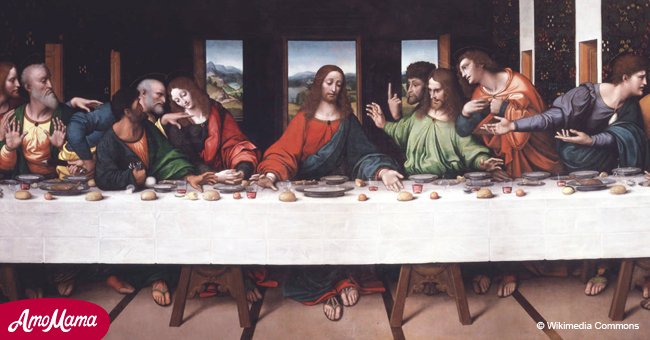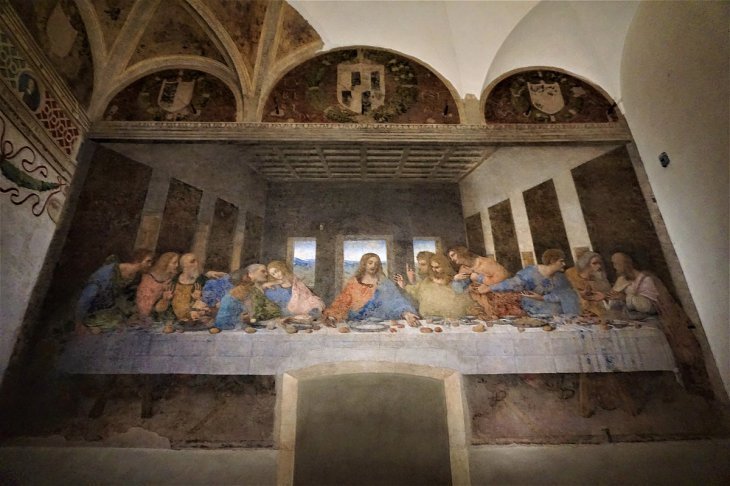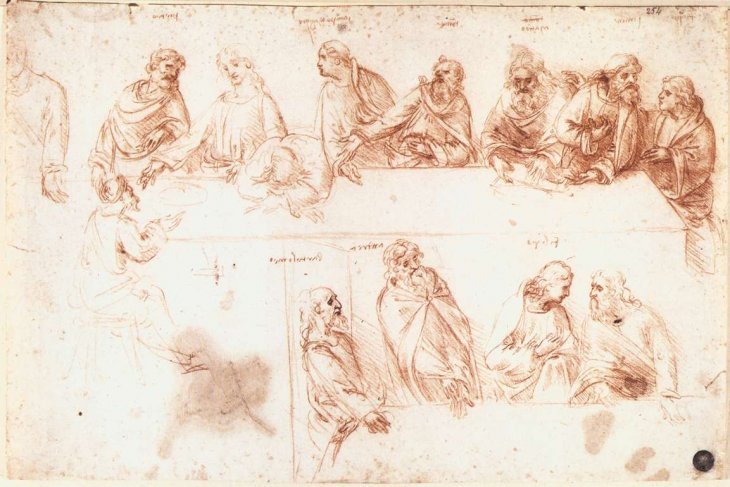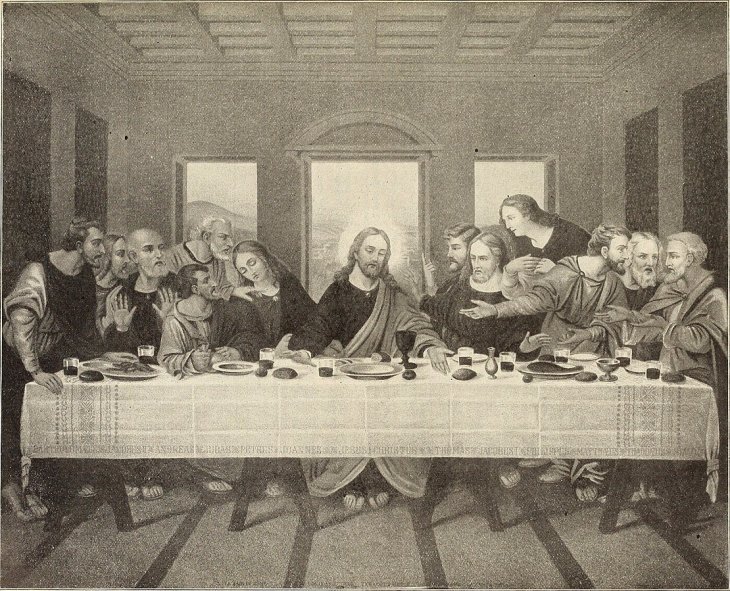
Seven fascinating facts that you probably did not know about the 'Last Supper' painting
The painting has much more to it than originally meets the eye, and has even undergone numerous restorations.
The Last Supper is perhaps one of the most well known works of art in the world, but there are many interesting facts behind this famous painting.
As reported by God Updates, Leonardo da Vinci was commissioned to create this representation of Jesus' last meal with his disciples.
Even 500 years after he created it, people still queue up to view this masterpiece, in awe of his amazing work.
But this wonderful piece of art has been through the wringer during its time.
When Da Vinci was given the project, he was new to painting frescoes. It was also the largest work he had ever done at the time.

Source: Wikimedia Commons
He decided to experiment with the work, and painted the beautiful pigments directly onto the established plaster, rather than mixing the colors with wet wall plaster. As a result, it hasn't been as well preserved.
Less than 2 decades after the painting was finished in 1495, it was already beginning to flake.
When this happened, the church wasn't too bothered to try and preserve it. Instead, they cut a door into the bottom part of the painting, right through Christ's feet.
During the Napoleonic Wars, troops were actually housed inside the church where The Last Supper was painted. Without any respect for its history, they used the painting for target practice, damaging Christ's face quite badly.
Fortunately, by the time World War II rolled around, people had begun to appreciate the artwork again, and they made preparations to protect it, placing scaffolding and sandbags against it.
The Last Supper was an instant hit. Unlike many other famous artists, Da Vinci was actually able to experience how important his work was within his lifetime.

Source: Wikimedia Commons
In the next century, it was the most copied artwork, being remade by many in different media, including marble, wax, and terracotta.
Aside from these copies floating around, there are two almost exact copies of the fresco. These two copies are in the Royal Academy of Arts in London and in the Church of St. Ambrogio in Ponte Capriasca, Switzerland.
They are believed to have been painted by Da Vinci's assistants, and are both in better condition than the maestro's own version.
During Da Vinci's time, art was not only to be enjoyed aesthetically, but was also there to educate people. This particular artwork was meant to be a depiction of Christ's last meal before the crucifixion.
Da Vinci made use of this teachable moment, painting each disciple in a certain place and with a certain expression with care. He also originally placed Jesus' feet in the shape of a crucifix, as a foreshadowing.

Source: Wikimedia Commons
While the painting is Jesus' last meal, which would have occurred in Jerusalem, there is no doubt that Da Vinci took some artistic license with his version of events, as it is clearly more Italian than Jewish.
The most prominent religious views at the time of Da Vinci's painting were Catholic, and there are plenty of nods towards that in The Last Supper.
If the meal were a passover meal as it would have been, there would have been strict dietary requirements involved, not a luxurious Italian meal.
The scenery in the background is also obviously the Italian countryside, not that of the desert of Jerusalem. Even the colors of the robes of the disciples are too bright and romanticized for any kind of accurate representation.
Because of the damage to the painting over the many years it has seen and the wars it has faced, it has had to be restored numerous times.
The most recent of these restorations was that of Dr. Pinin Brambilla Barcilon in 1978, but before her came Giuseppe Mazza in 1770, Stefano Barezzi in 1821, and Mauro Pellicioli in 1949.
Mazza repainted all but three of the faces in the fresco, and Barezzi tried to transfer the painting to canvas, further damaging the already fragile work.
Pelliciolo did the most extensive restoration of the painting, trying to reseal it with shellac. But when Barcilon entered the scene, she had the most advanced technology at her side: x-ray.
Between all the restorations, it is believed that only 20% of Da Vinci's original work has actually survived the past 5 centuries!